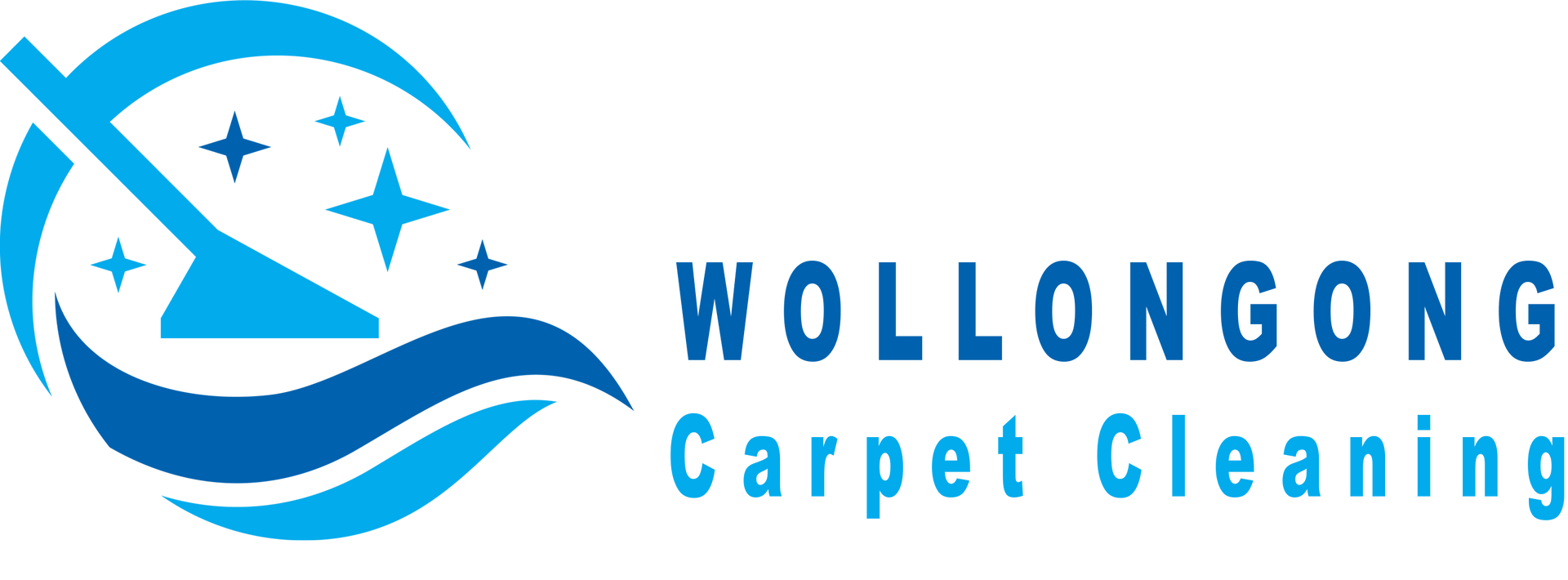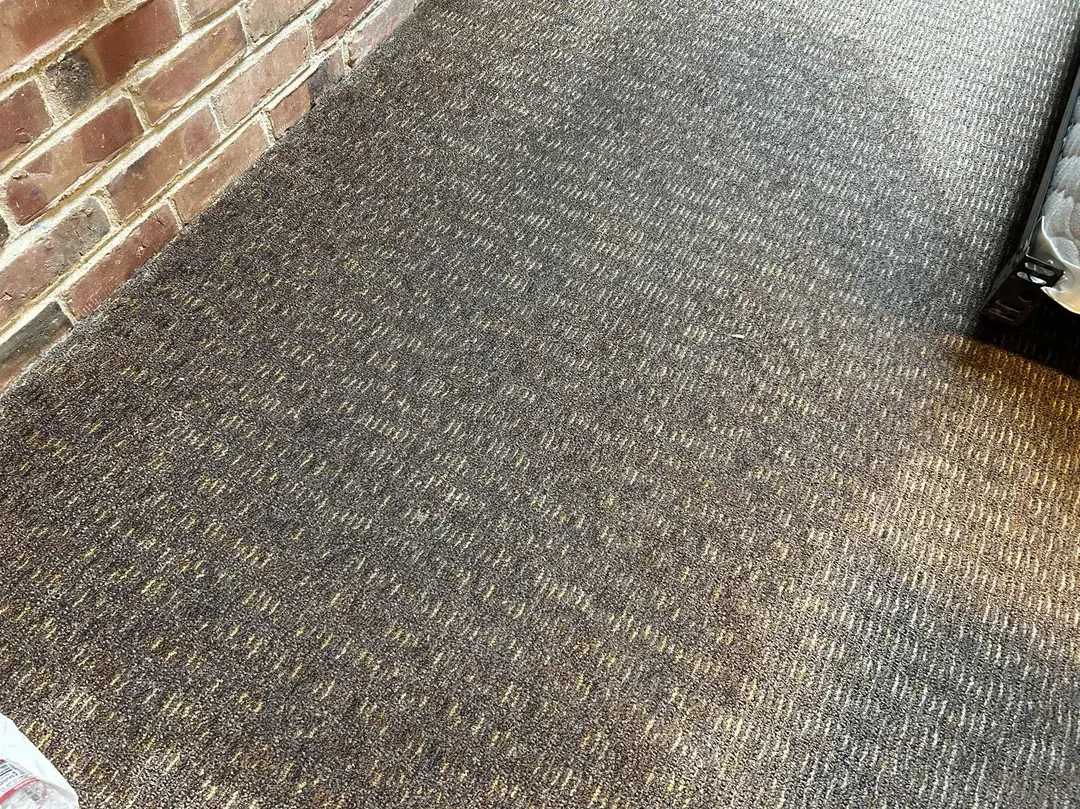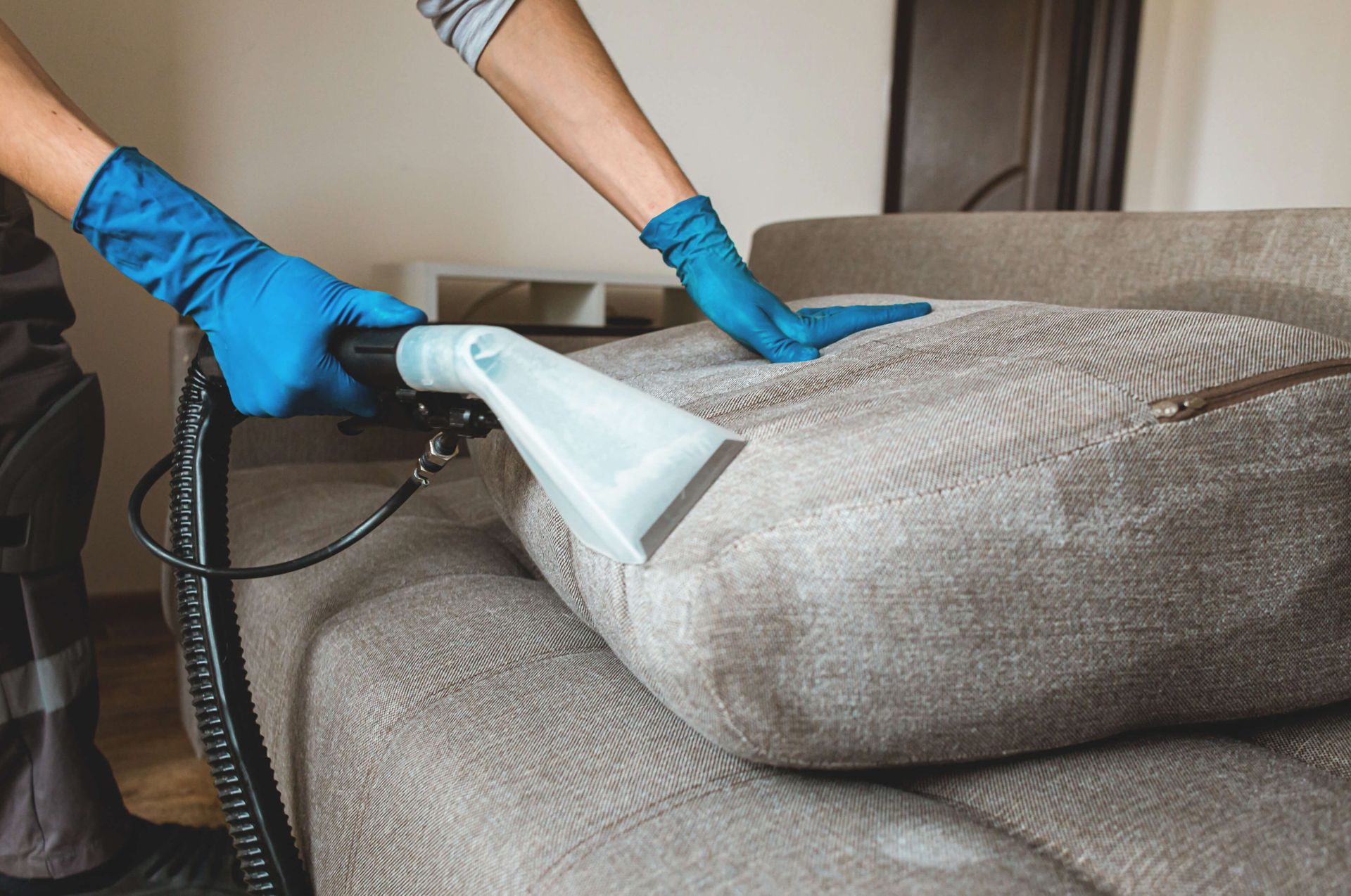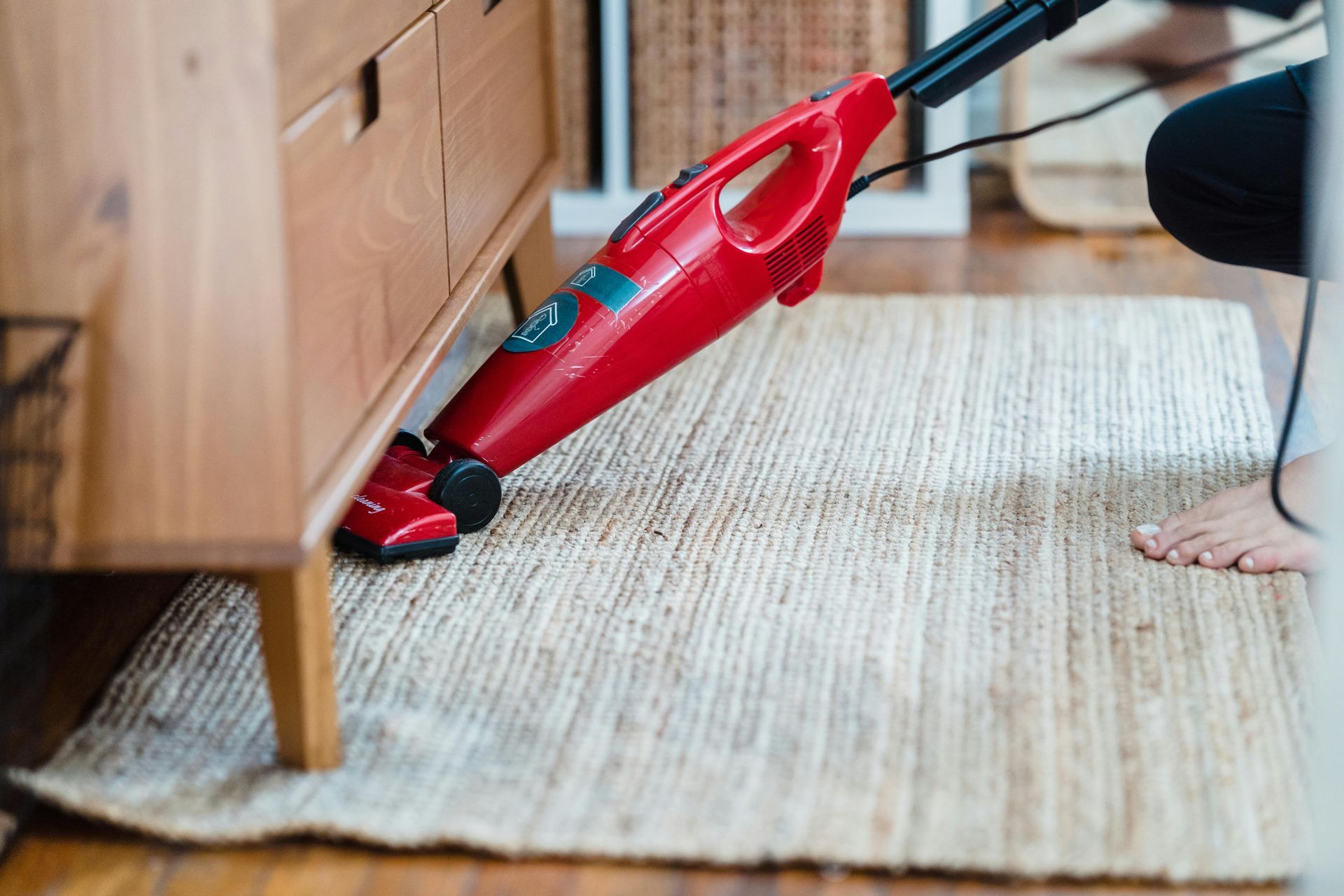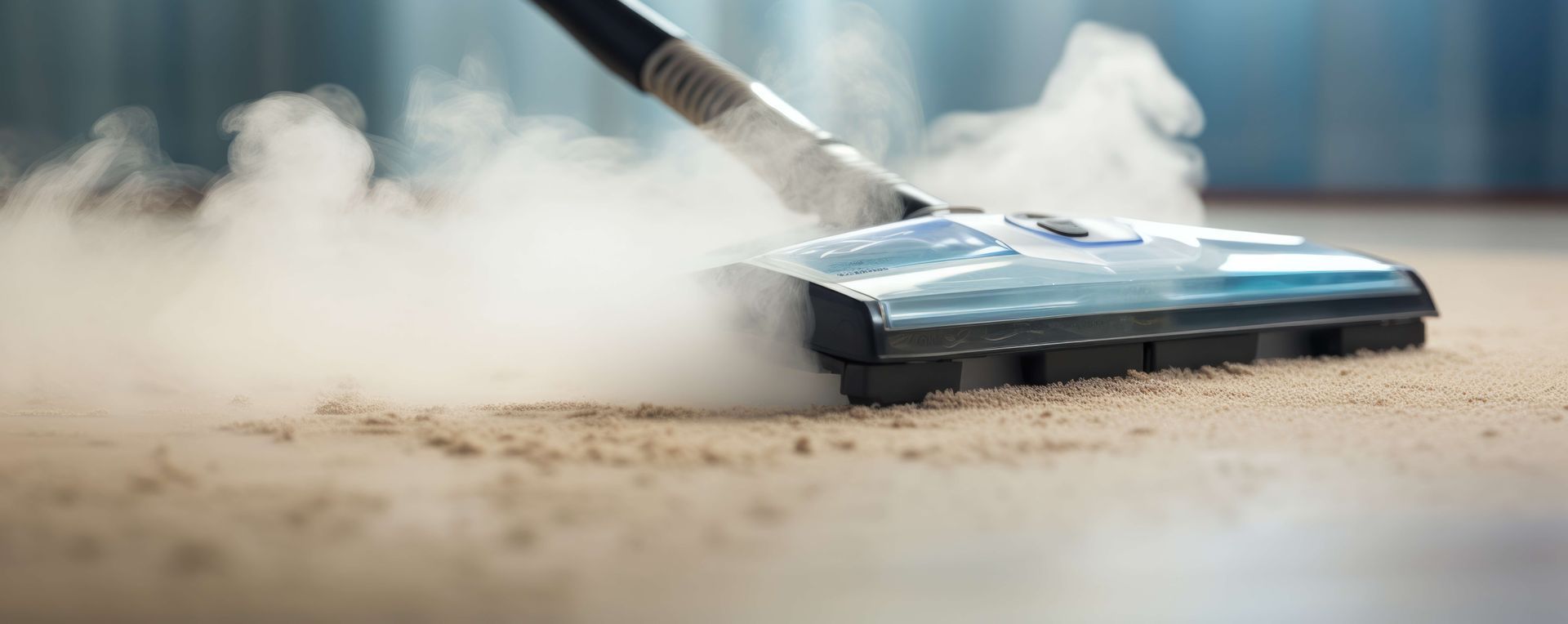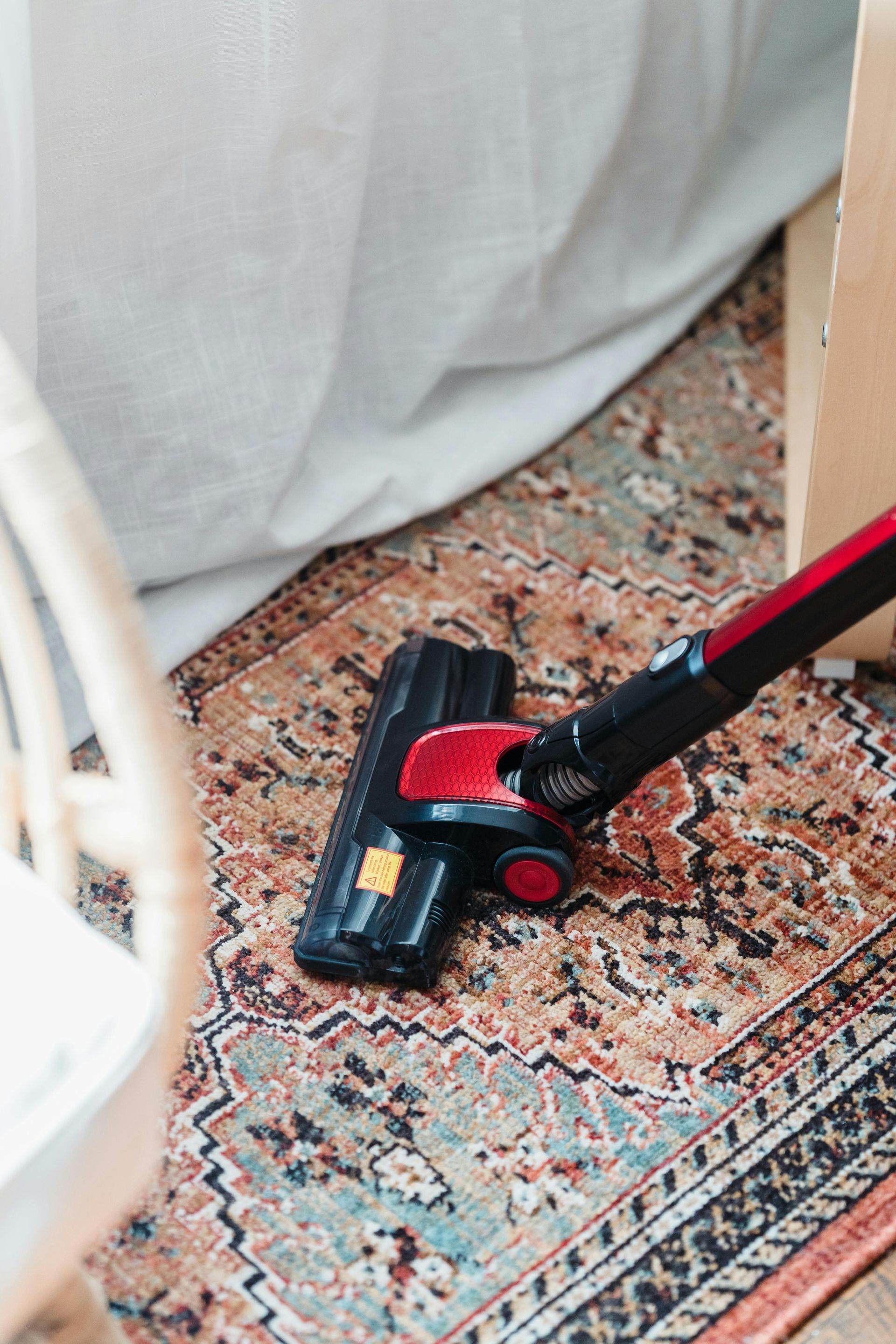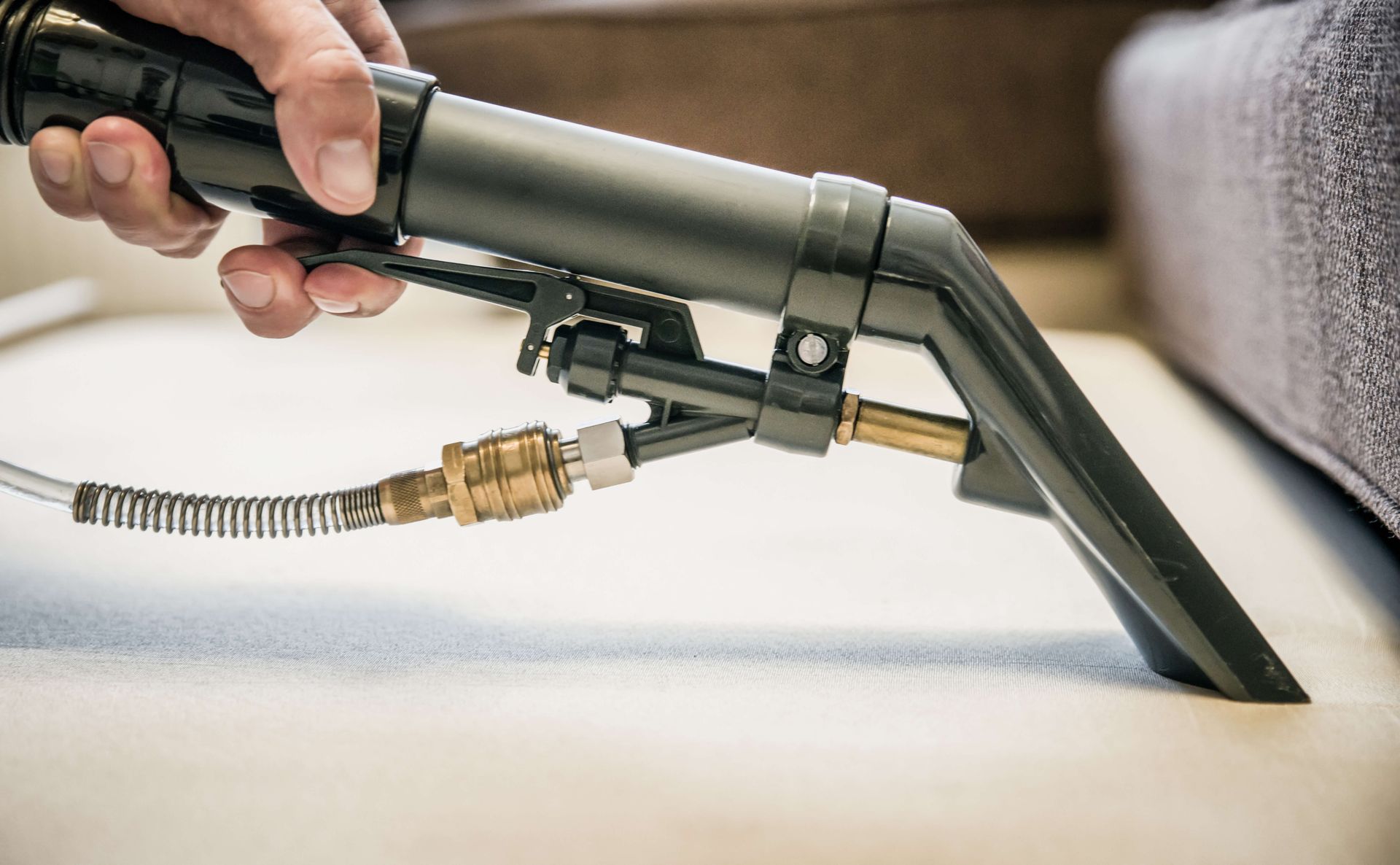How to Clean a Leather Couch Without Damaging It
If you’ve got a leather couch, chances are you’ve already worried about how easy it is to stain, dry out, or ruin it with the wrong cleaner. We get messages from people in Wollongong all the time asking how to clean leather safely without making things worse. The truth is many people end up damaging their furniture because they assume leather is tough like fabric, but it's not.
This guide will show you exactly how to clean a leather couch properly, what not to use, and when it’s safer to call in a professional. If you want your couch to last, this isn’t something you should guess your way through.
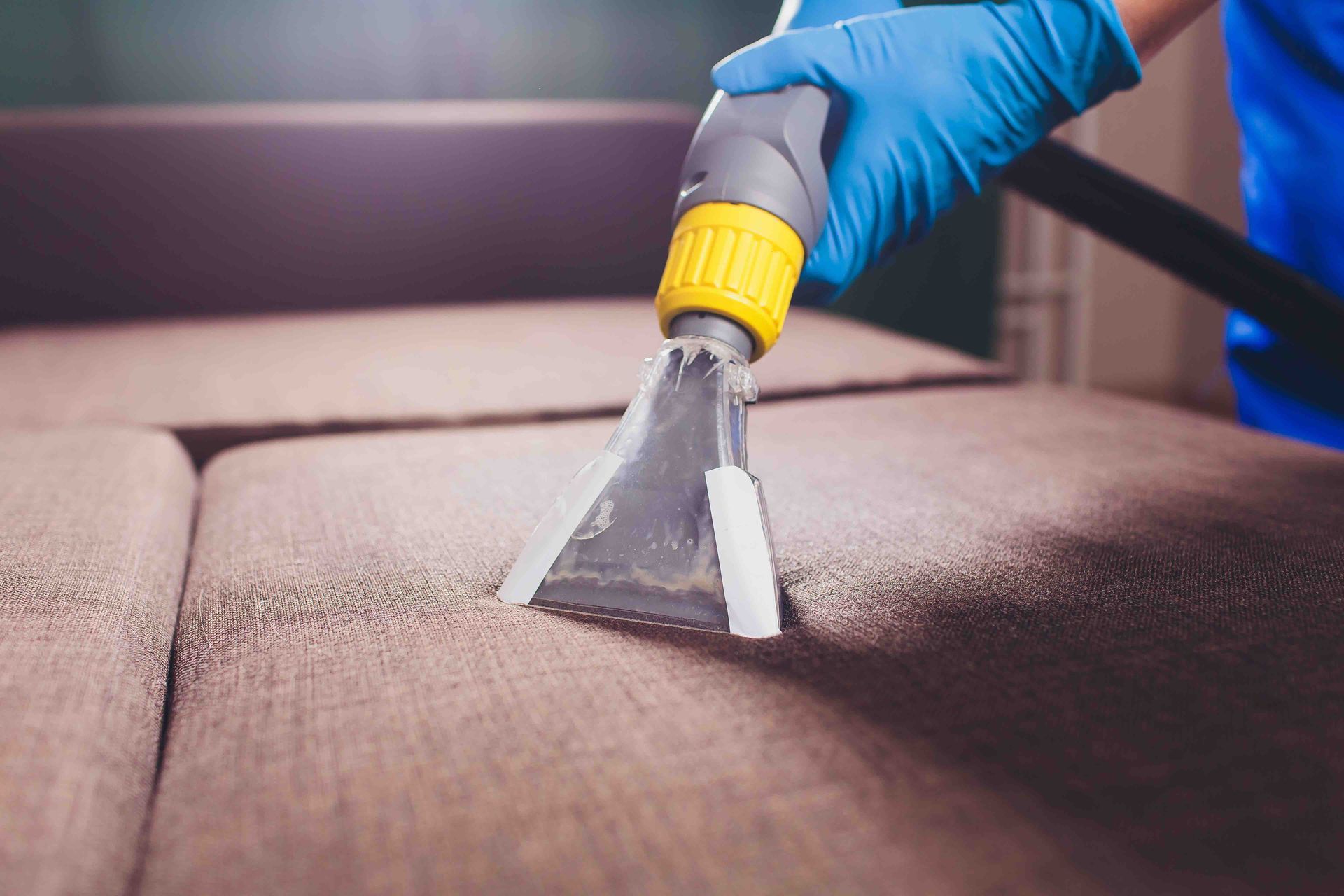
Know Your Leather Type Before You Clean
Not all leather is the same, and cleaning it properly starts with understanding what type you have. Many people damage their couches by assuming all leather responds the same way to water and cleaning products. Each type of leather has different needs and risks if cleaned incorrectly. Here are the main types of leather found in household furniture:
- Aniline leather: Soft and highly absorbent. It has no protective coating, making it easy to stain or dry out quickly.
- Semi-aniline leather: A slightly more durable version with a light protective coating. It still requires gentle handling.
- Pigmented leather: The most common type in homes. It has a thicker coating that provides more resistance to wear and tear, but it's still vulnerable to harsh chemicals.
- Bonded leather: Made from leather scraps mixed with polyurethane. It’s prone to peeling and cracking, especially if exposed to excess moisture.
Basic Tools and Products You’ll Need
Before you start cleaning your leather couch, it's important to gather the right tools and know what products are safe to use. Using the wrong items can do more harm than good and lead to permanent damage. Here are the safe cleaning essentials you should have on hand:
- Microfiber cloths that won’t scratch or damage the leather surface
- A vacuum cleaner with a soft brush attachment to remove loose dirt
- Distilled water to prevent mineral deposits from forming on the surface
- Mild, pH-neutral soap such as baby shampoo for gentle cleaning
- A high-quality leather conditioner to keep the material soft and prevent cracks
Step-by-Step Guide to Cleaning Your Leather Couch
Cleaning your leather couch properly means going step by step and not rushing the process. Each step plays a key role in avoiding damage and preserving the look and feel of your furniture. Just like stains on carpets, leather damage can be permanent if the wrong cleaning process is used. Understanding the chemical makeup of stains and surfaces can explain why some cleaning methods fail. In many cases, the reasons are similar to why certain marks on carpets remain despite repeated cleaning. Here’s how to do it the right way:
- Vacuum the surface: Use a soft brush attachment to gently clean the couch. Pay extra attention to seams and corners where dust and grit collect. This helps prevent scratches during cleaning.
- Wipe with distilled water: Take a microfiber cloth, dampen it slightly with distilled water (not tap water), and gently wipe down the surface to remove light dirt. Avoid soaking the leather.
- Test your cleaner: Before using any cleaning product, test it on a small hidden spot. Wait a few hours to ensure there’s no discoloration or damage. If all looks good, proceed.
- Clean with gentle motion: Apply the cleaner in light, circular motions using a soft cloth. Work in small sections and never scrub. This allows better control and reduces the risk of over-wetting.
- Dry the surface immediately: Use a clean microfiber towel to dry each section right after cleaning. Do not let any moisture sit on the leather, as it can cause stains or warping.
- Condition the leather: Apply a leather conditioner with a soft cloth. Let it sit and absorb fully, then gently buff the surface. This step keeps the leather supple and prevents cracks over time.
What NOT to Do When Cleaning Leather
Most damage to leather furniture happens when it's treated like other materials. Leather is delicate and reacts differently to moisture, heat, and cleaning products. Many people unknowingly make cleaning mistakes that slowly wear down the leather and shorten its lifespan. Scrubbing too hard, for example, can remove the protective coating. Using household sprays like disinfectants or multi-surface cleaners introduces chemicals that are too harsh. Letting water sit too long can also lead to stains, warping, or even mold growth. And skipping the conditioner? That causes the leather to dry out, crack, and lose its smooth, soft feel. Even if these mistakes don’t cause immediate visible damage, they often lead to premature aging and a worn-out appearance over time.
When to Call a Professional Leather Cleaner
Sometimes cleaning at home isn’t enough. If your leather couch has deep stains or discoloration or feels sticky after cleaning, it’s time to call a professional. Other signs include surface flaking or cracking. Suppose you’re unsure about how to clean your upholstery without damaging time. In that case, a professional upholstery cleaner understands which products are safe for each type of leather and how to restore the couch without damage. At
Wollongong Carpet Cleaning, we use leather-safe products that clean deep and condition properly. Our techniques restore the look and feel of your furniture without the risk.
